Second time’s the charm for this $17M Ferrari? Not really
Back in February, the most valuable auction car of the year so far—a 1964 Ferrari 250 LM—quietly failed to meet reserve. Unsold, it returned home to its owner, and the car world moved on. This week the ultra-rare racer was back, and this time it did sell! The €14M hammer price, after fees (but without VAT) comes out to a reported $17.12M, making it the second most expensive car sold publicly in 2023 so far and one of only a few dozen cars to publicly sell for eight figures, ever. Yet what had us scratching our heads about that number is just how low it is. To grasp why, we need to understand what this car is and what it isn’t.
What it is is of course a 250 LM, a particularly rare, successful, and beautiful race car from a company known more than any other for rare, successful, and beautiful race cars.
After Enzo Ferrari begrudgingly embraced mid-engine designs in his F1 and prototype sports cars, he realized that the front-engined 250 GT–series that dominated GT-class racing for years just wouldn’t be able to keep it up. He needed a replacement. The prototype 250 P, designed under chief engineer Carlo Chiti, was the first mid-engine car to win Le Mans and would be a solid basis for this new GT car. If Enzo could convince the rule-makers at the FIA to homologate it, that is.

The FIA required 100 cars to be built to qualify for GT racing, but Ferrari was a low-volume company at the time. A hundred cars was a lot. Enzo had already convinced the FIA that the 250 GTO (just 36 built) was really just a rebodied version of the old 250 SWB (it wasn’t), so he tried the same trick with the new 250 LM. He even insisted on keeping the “250” name even though the engine had grown from 3.0 to 3.3 liters (which, in Ferrari speak, meant the car should have been called the 275 LM). The FIA didn’t fall for it this time, correctly concluding that this car, with its new bodywork, different chassis, and larger engine plopped in the opposite end was in fact all-new; Ferrari couldn’t sell 100 copies.
The 250 LM therefore had to race in the prototype class where, despite being a bit down on power and a bit up on weight compared to the competition, it distinguished itself for roadholding and reliability. Private teams won races and hill climbs with their 250 LMs, and at 1965‘s 24 Hours of Le Mans, after all the latest and greatest Ford and Ferrari prototypes petered out, privately entered 250 LMs finished first, second, and sixth. That unlikely victory would be Ferrari’s sixth consecutive overall win at Le Mans but also its last, at least until the marque’s triumphant return at 2023’s race.
Now for what this car, chassis #5901, is not. It isn’t a race-winner. It isn’t even a race participant. It does boast its original body, engine, and gearbox, and that’s a big plus on an old competition car. But 5901’s only competition appearance was as a spare car for the 24 Hours of Daytona in 1966. It’s reportedly one of just two 250 LMs that never turned a wheel in anger in period. After Daytona, it passed through several private owners/collectors over the years, and by 1995 it was offered for sale by Ferrari of San Francisco for a $1.6M asking price. The dealer sold it to Massimo Ferragamo, son of the famous fashion designer and CEO of the luxury retailer. The Ferrari subsequently sold to a Swiss owner who had DK Engineering in the UK restore it during the late 1990s.
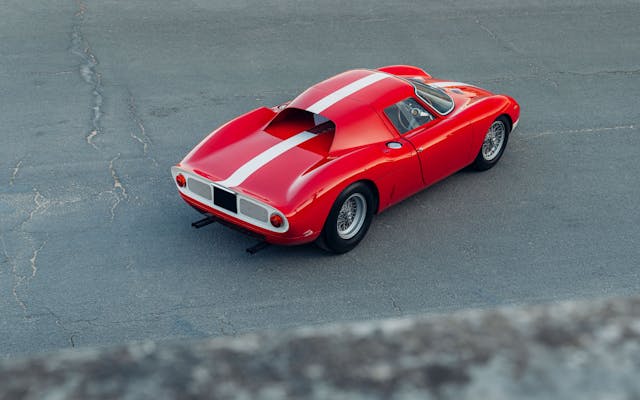
Chassis #5901 made a big splash earlier this year when French auction house Artcurial announced it as the headliner for its Rétromobile sale. With just 32 built, the 250 LM is rarer than a GTO, and examples of the former rarely come up for public sale. We hadn’t seen a 250 LM at auction since chassis #6105, a car with unexceptional but decent race history, sold at Monterey in 2015 for $17.6M. A lot has happened in the collector car market since then.
On its first trip across the auction block back in February of 2023, 5901 saw bidding open at €16M, slowly creep to €20M, stall, and then hammer as not sold. While it shared the Rétromobile spotlight with 21 other Ferraris, this week it starred as the sole attraction of a one-lot auction, also put on by Artcurial. A decidedly smaller affair, it saw bidding open at €10M, hit reserve, and then stall at €14M, the bid which ultimately won the car. The winning bid was less than where bidding opened five months ago, and that €20M offer now looks like a massive missed opportunity.
In the bidders’ eyes, glory (or lack thereof) trumped originality in this case. There is also always less hype and publicity around a high-profile car’s second time at auction, especially when the first time is in the recent past. And less excitement also typically translates to less money. According to our data, of all the collector cars that sold in 2020–22 then sold again in 2023, nearly half sold for a loss the second time. With far less fanfare this time around and a big no-sale on its record, the car was probably never going to get a bigger public offer, but at least it’s off to a new home.
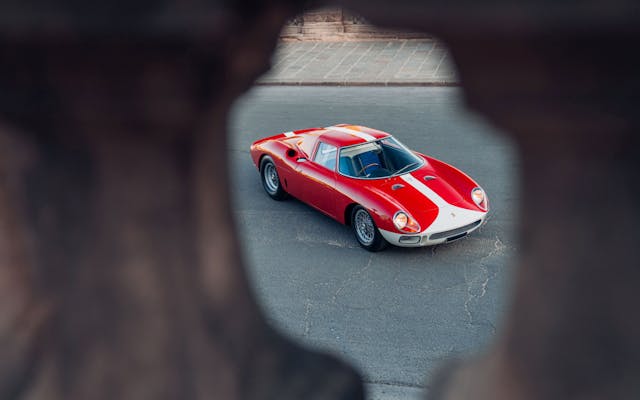
***
Check out the Hagerty Media homepage so you don’t miss a single story, or better yet, bookmark it. To get our best stories delivered right to your inbox, subscribe to our newsletters.

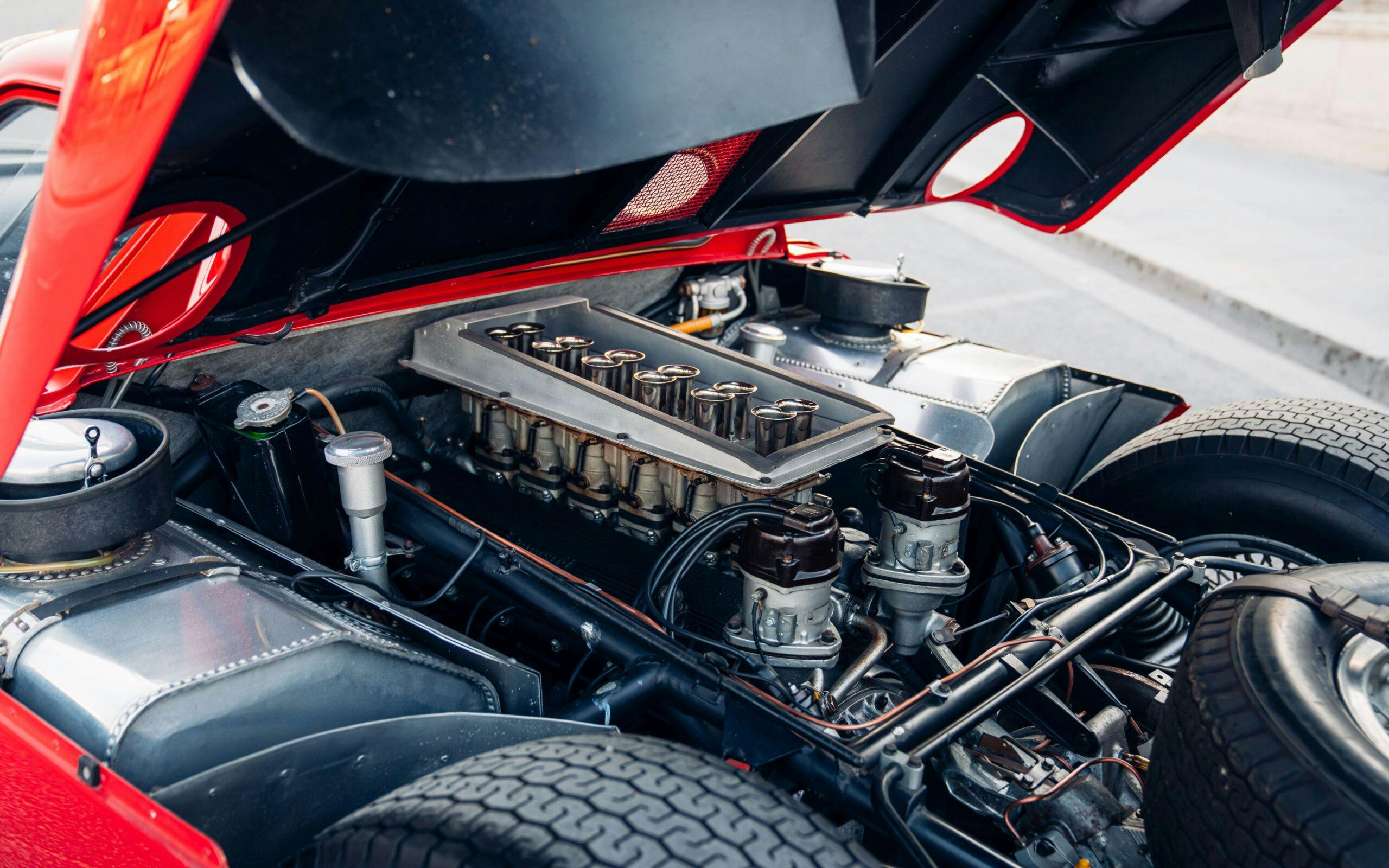
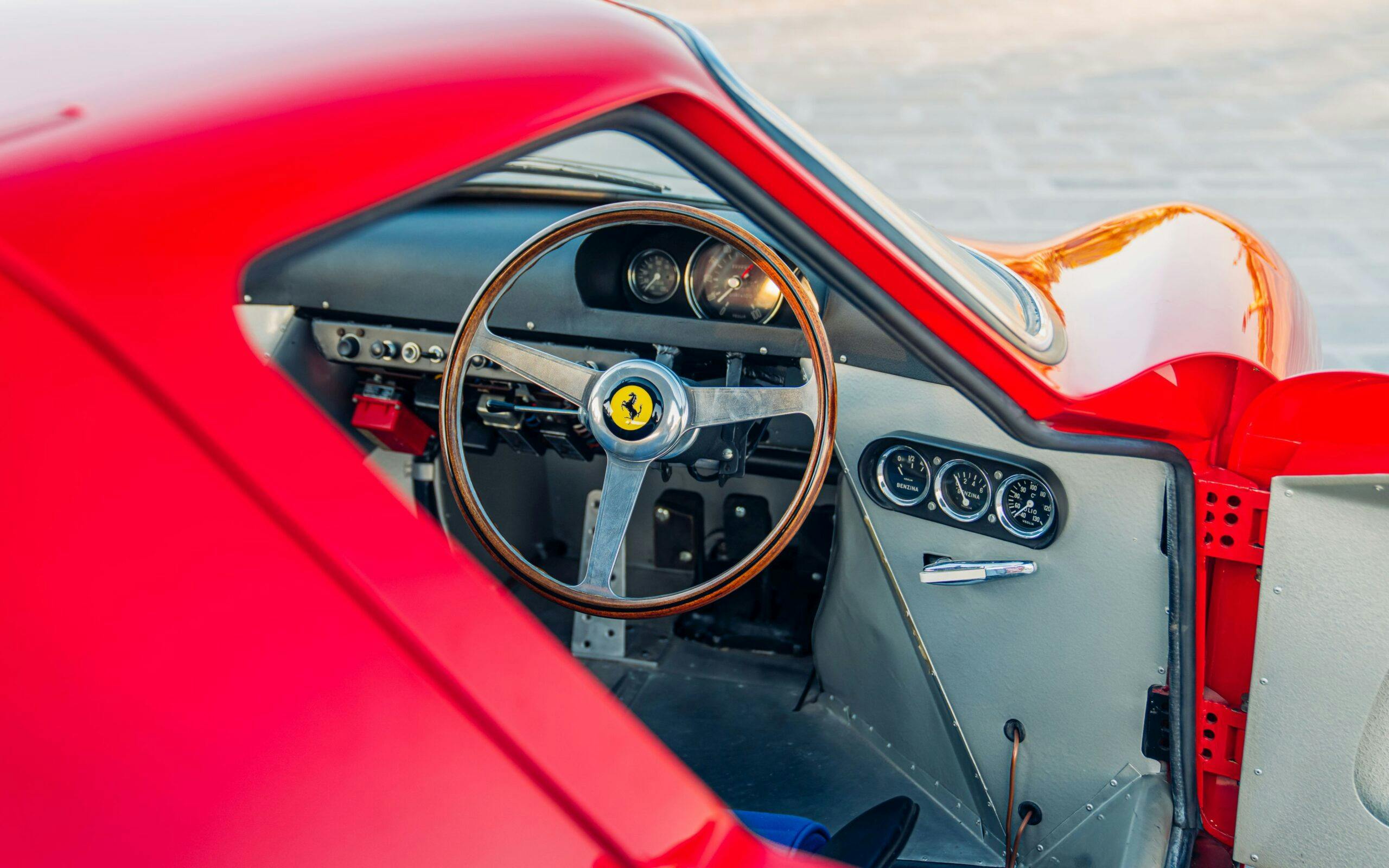
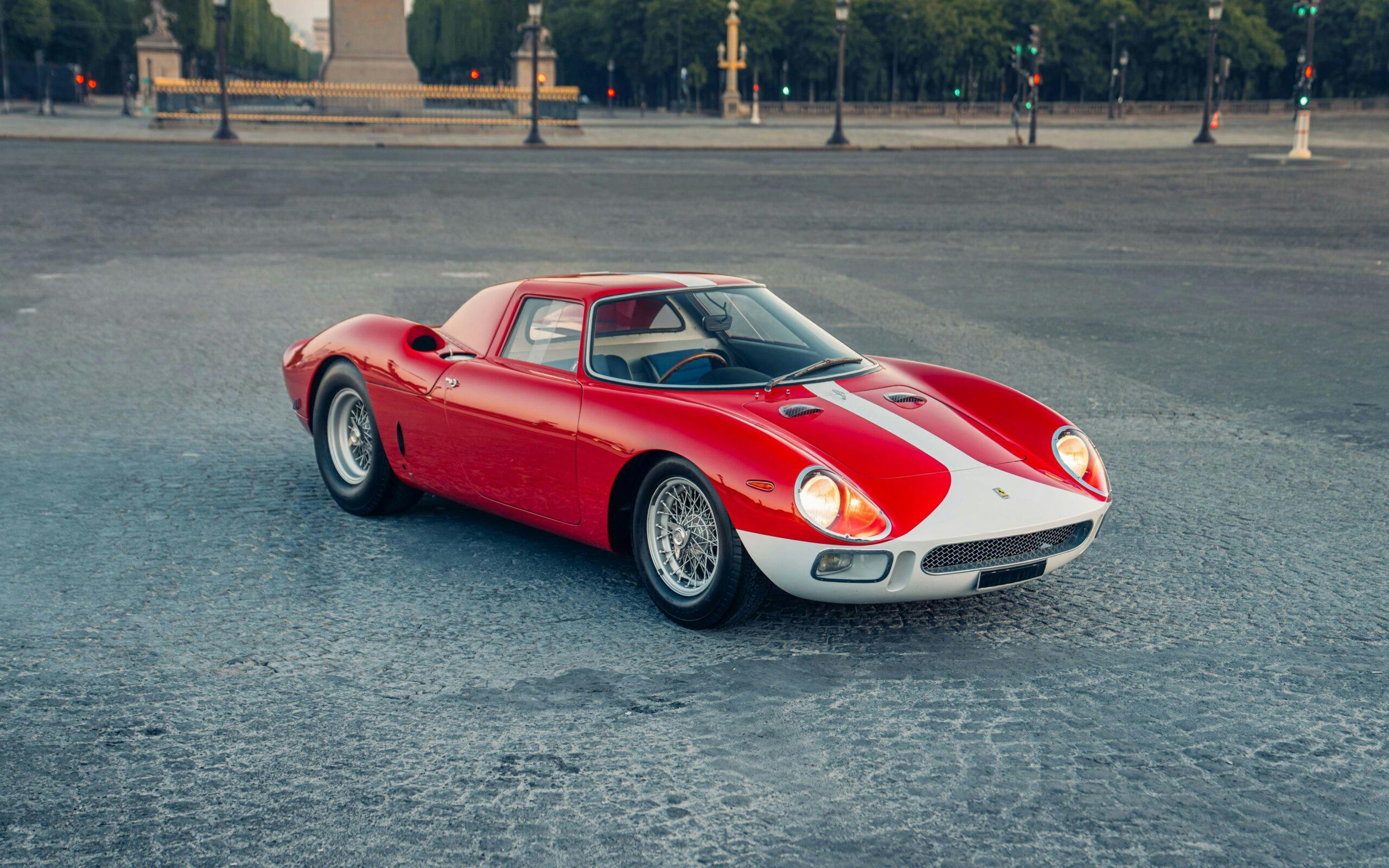


Is the author positive that the previous bids had real money behind them? My guess is they were chandelier bids by Artcurial, searching for the real money.